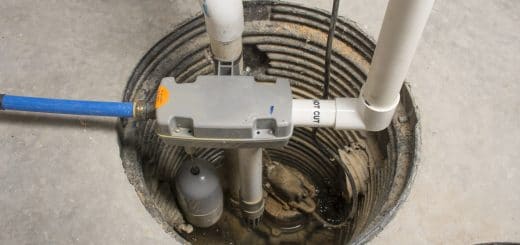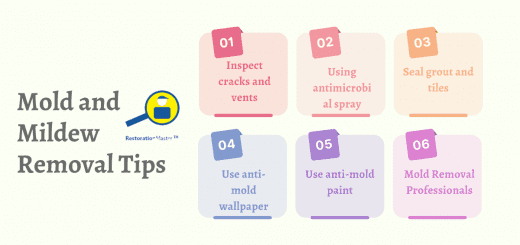How to Choose and Install Wood Like Tile
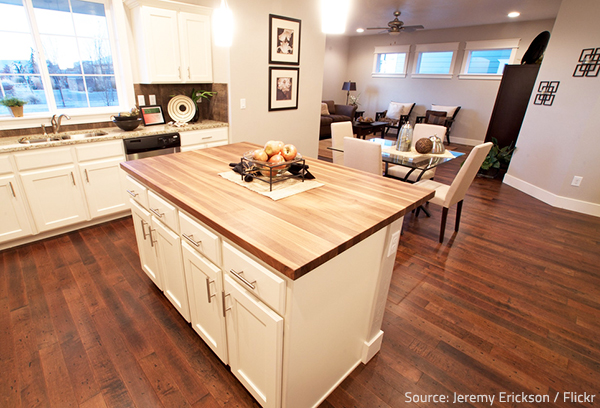
Wood like tile allows you to create a unified look throughout your home.
Different household materials have different advantages, but nothing beats natural wood in terms of beauty and warmth. It adds a soft feel and rustic elegance to the ambience and brings nature’s splendor within the comfort of the home.
Charming and elegant as it may be though, real wood is both very expensive and very difficult to maintain. It comes as no surprise, then, that wood like tile has become such a hot trend in contemporary home designs:
- It perfectly imitates the gorgeous look and feel of natural wood – modern technology has made the wood effect so realistic that plank tiles look just like genuine wood;
- It is durable, waterproof, and scratch-resistant which makes wood tile a valuable, long-lasting investment;
- It is very easy to clean and keep in top-notch condition;
- It costs considerably less than real wood;
- It can be installed in wet-prone areas of the home (such as kitchens and bathrooms) without worry, but works equally well in living rooms and bedrooms, so it’s a great option for more open concept homes – faux wood tile can be used everywhere, so there will be no need for transitions.
So, if you love the look and feel of natural wood, but can’t afford it, or have pets or young kids that like to make a mess, or don’t have enough time to keep up proper maintenanceMaintenance is the routine care, inspection, and repair of a... More, or simply wish to create a unified look in your home, faux wood tile is your best bet. To be able to select the perfect wood replica for your home, however, you need to know a few things about wood like tile.
Things to Consider When Choosing Wood Like Tile
One of the best things about tile that looks like wood is that it comes in a wide range of styles and colors emulating almost any kind of authentic wood. You can choose from tiles that have traditional hand scraped textures to glossy ones and ones that mimic artistic inlay parquet – it’s up to you to create the exact look and feel you’ve always wanted for your home décor.
When making your choice, however, you need to take several important factors into account:
Tile Appearance

Plank tiles perfectly imitate the beauty and character of natural wood.
Porcelain and ceramic tiles that look like wood actually have pictures of pieces of real wood printed on them. So, the higher the printing quality, the more genuine the tile looks. The best wood-look tiles are produced using digital technology with 4 colors at 400 DPI resolution. The resulting image is very high quality (without this high resolution printing, you will see some pixels in the graphic on the tile and the picture may even be blurry) and very realistic as it is based on digital pictures of authentic wood.
So, when selecting floor tile that looks like wood, make sure you choose tiles printed using a high definition inkjet technology – not only will the image be better quality, but the variation will be much greater than older roto-print type printing applications. (Tile visuals don’t simply repeat the same grains and knots over and over again – several images are used to create tiles with a lot of diversity for greater authenticity.) A high end wood-look tile will have hundreds of different pictures, which will give it a natural, realistic appearance.
The bottom line: To get a more natural look, select a tile with a more subtle wood texture and a pattern with a lot of variation, preferably made by an inkjet.
Tile Quality
There are different types of tiles that look like wood, but porcelain wood tile is the most popular option. This is largely due to the fact that a high quality porcelain tile has a very high breakage point which makes porcelain tile flooring extremely durable. What’s more, it is impervious to water and naturally stain-resistant, as well as very hygienic (the non-porous porcelain surface does not harbor bacteria and moldMold is a type of fungus that grows in damp or humid conditi... More growth) and easy to clean.
When choosing wood like tile for your home, make sure you consider not only the breakage rating, but the PEI rating (abrasion test) of the tile as well – porcelain is rated from 1 (most easily scratched) to 5 (most scratch resistant). To ensure the longevity of your wood like tile flooring, you need a PEI 4 or 5 tile.
If you intend to use faux wood tile in wet areas of the home, make sure you choose porcelain tiles with a coefficient of friction (a measurement of the slip resistance of a tile) greater than 0.60.
Tile Size
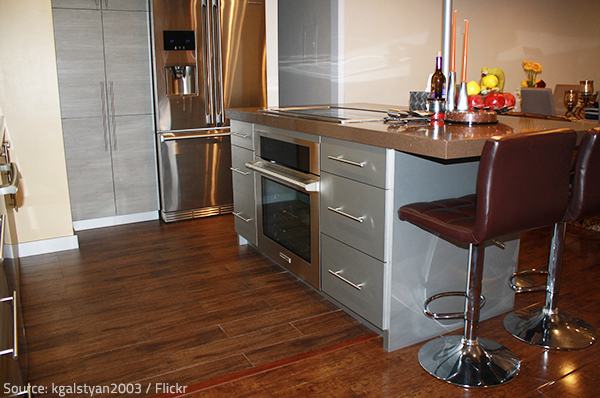
Larger tiles that are laid close together trick the eye into seeing the tile flooring as a real hardwood floor.
Longer tiles resemble real wood planks more closely and give the floor a more natural look. To create a realistic wood replica in your home, you need wood like tiles that are at least 40″ long, but 48″ or longer is better (shorter planks make it harder to trick the eye into seeing the tile as actual wood).
Larger size tiles, however, can present a challenge with lippage and warpingWarping is the bending, twisting, or distortion of materials... More – they tend to “crown” or “bow,” making the tile higher in the center than on the edges. You need to have large format tile installed by a skillful and experienced professional in order to avoid this problem.
Tile Edge
To make your faux wood tile floor look like a real hardwood floor, you need a seamless-looking flooring with very thin grout lines. Rectified tiles allow for the smallest grout joints possible, so you’re strongly advised to opt for tile that has rectified edges when choosing wood like tiles for your home.
Rectified edges are mechanically ground, so they are precise and consistent. This means that the tile sides are very smooth and uniform, allowing the tiles to be laid close together with a very small size of grout spacer between them (as little as 3/16”). The resulting wood like tile flooring looks so realistic that you can barely tell it apart from a natural wood floor.
How to Install Tile That Looks Like Wood
Once you have chosen the best wood like tile for your home improvement project, you need to have it installed correctly, so that the tile flooring looks like real hardwood floor. There are several tricks to laying faux wood tiles:
- Make sure the subfloorThe subfloor is the foundational layer beneath flooring mate... More is perfectly flat and even – To prevent lippage and keep plank tiles from cracking, you need a smooth and level subflooring. You can even out the subfloorThe subfloor is the foundational layer beneath flooring mate... More by spreading an appropriate substrate, which will give your tile installation a strong and flat foundation;
- Rotate the orientation of the tiles – This will create an illusion of greater pattern variation as no repeating patterns will be spotted in the same glance;
- Lay the tile in a random pattern to mimic the randomness of nature – Do not stick to the brick pattern – experiment with checkered and diamond placement, square layouts or other creative patterns. If your chosen wood tile comes in smaller size planks, for example, you can try a herringbone pattern – the result will be impressive. Laying the tile in a random order instead of stacked, geometric patterns, enhances the illusion of a natural wood flooring;
- Go with thin grout lines – As already discussed above, smaller grout joint will make your faux wood tile flooring look more like a real wood floor. Very thin grout lines, however, can worsen the lippage problem (a wider grout joint will help relieve the difference in the tiles’ heights). So, your best bet when laying wood like tile is a 1/8 inch grout joint – the recommended minimum for plank tiles;
- Choose a grout color that is one shade deeper than the darkest color in your wood like tile – This will trick the eye into seeing grout lines as shadows around wood planks.
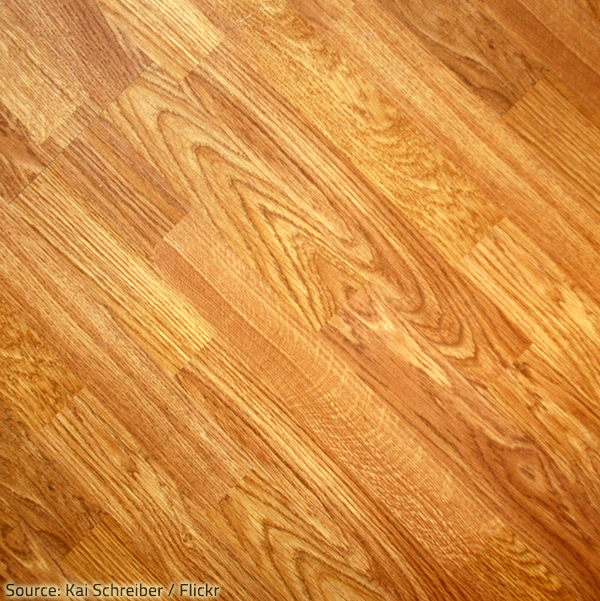
The more “random” your wood tile flooring, the more natural it will look.
When your wood like tile flooring is properly installed, it will last for years and will add both functionality (the performance of tile) and aesthetic appeal (the beauty of natural wood) to your home.










